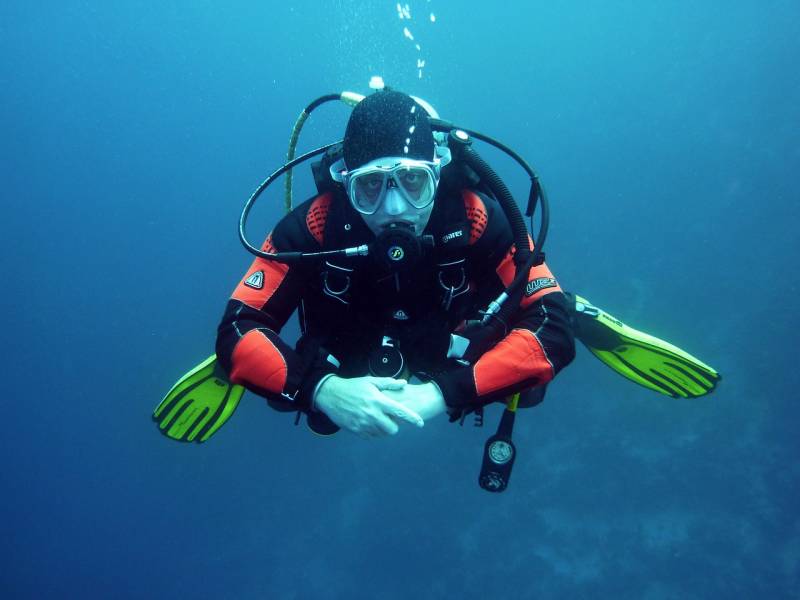

Guidelines for submitting articles to San Javier Today
Hello, and thank you for choosing sanjavier.today to publicise your organisation’s info or event.
San Javier Today is a website set up by Murcia Today specifically for residents of the urbanisation in Southwest Murcia, providing news and information on what’s happening in the local area, which is the largest English-speaking expat area in the Region of Murcia.
When submitting text to be included on San Javier Today, please abide by the following guidelines so we can upload your article as swiftly as possible:
Send an email to editor@spaintodayonline.com or contact@murciatoday.com
Attach the information in a Word Document or Google Doc
Include all relevant points, including:
Who is the organisation running the event?
Where is it happening?
When?
How much does it cost?
Is it necessary to book beforehand, or can people just show up on the day?
…but try not to exceed 300 words
Also attach a photo to illustrate your article, no more than 100kb

Listening to the deep: Mazarrón escarpment leads the way in fight against ocean noise
Cutting-edge marine project puts Murcia on the map in protecting whales and dolphins from noise pollution
 A Murcia-based project is using cutting-edge science to understand and reduce the impact of marine traffic on whales and other vulnerable species. The Mazarrón escarpment, one of the western Mediterranean’s richest marine environments, is at the heart of a new scientific mission to protect whales and other sea life from the growing threat of underwater noise.
A Murcia-based project is using cutting-edge science to understand and reduce the impact of marine traffic on whales and other vulnerable species. The Mazarrón escarpment, one of the western Mediterranean’s richest marine environments, is at the heart of a new scientific mission to protect whales and other sea life from the growing threat of underwater noise.







